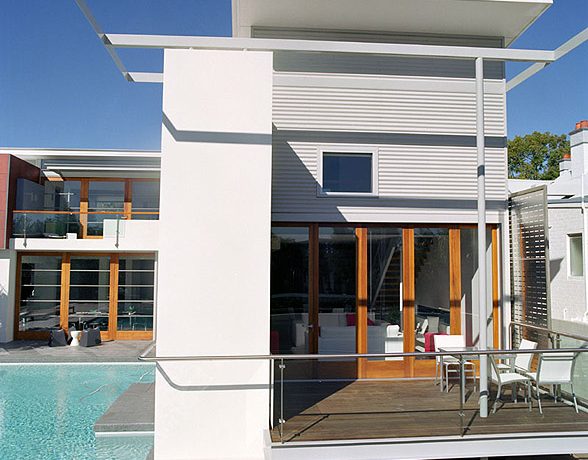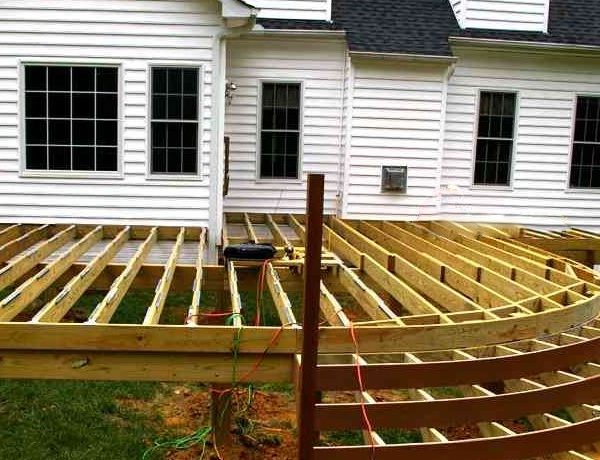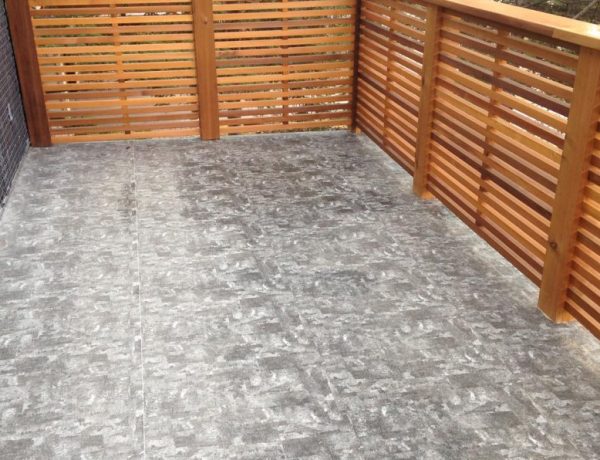Have you been looking to build a new home but had additional cost added to the build such as the BAL?
Not sure what it is, why it applies to you and how the heck the builder comes up with that figure? Well worry not, we were once in a similar boat and will let you in on the mysteries of the BAL.
To start with BAL stands for Bushfire Attack Level. Basically each new build is put into one of six categories based on the likelihood and severity of bushfires at the property. The categorisation of your property is done by your local council referencing the RFS (Rural Fire Service) site assessment methodology. with anything with government oversight the process is through and exhaustive, but if you want more information we recommend you check out the rural fire services resources as well as Australian Standard 3959 which is the legislation that :
The building requirements for each BAL are set out in Australian Standard: 3959 Construction of buildings in bushfire-prone areas 2009 (AS3959). We recommend you give this document a quick read through as well:
What BAL categories are there?
As we mentioned earlier there are 6 categories of attack which are determined by:
- The type of vegetation
- How close your building is to the vegetation
- What the effective slope is (i.e. fire runs more readily and with greater intensity uphill).
- The Fire Danger Index applicable to the region
BAL-LOW
Minimal attack from radiant heat and flame due to the distance of the site from the vegetation, although some attack by burning debris is possible. There is insufficient threat to warrant specific construction requirements, but residents should still do basic property preparation.
BAL-12.5
Attack by burning debris is significant with low levels of radiant heat. Radiant heat is unlikely to threaten building elements (i.e. unscreened glass). Specific construction requirements for ember protection and accumulation of debris are warranted (Level 1 construction standards).
BAL-19
Attack by burning debris is significant with an increased radiant heat levels threatening some building elements. Specific construction requirements for protection against embers and radiant heat are warranted (Level 2 construction standards).
BAL-29
Attack by burning debris is significant and radiant heat levels (not greater than 29kW/m2) can threaten building integrity. Specific construction requirements for protection against embers and higher radiant heat are warranted. Some flame contact is possible.
BAL-40
Increased attack from burning debris with significant radiant heat and the potential for flame contact. The extreme radiant heat and potential flame contact could threaten building integrity. Buildings must be designed and constructed in a manner that can withstand the extreme heat and potential flame contact.
Flame Zone
Generally unable to build, will require special consideration and planning.
How do I find out my category?
Your local council should be able to provide you with a BAL category for your property. However this process may only be undertaken after you have submitted your building applications to them. If you want to avoid unwanted surprises at this step you can hire a licensed bushfire consultant who can categorise the property for you.
How much will BAL compliance cost you?
Compliance cost varies greatly depending on the rating and the house designs involved. The best advice is to shop around as builders have been known to excessively increase cost to meet compliance levels. It’s another reason to find out your BAL level before you go to the designing stage of a house. A recent property in Ulladulla, NSW we helped with had a BAL12.5 rating and were quoted $6000 for BAL compliance.
Here are just a few things that BAL compliance may require for your house construction:
- External Cladding
- Special Flyscreens
- Gutter Guards
- Additional protection for sub floor
- Window Shutters
- Sprinkler Systems
- Window Glazing
- Fire Retardant Sarking
- Sealed Garage Doors
- Ventilation Units
- Mesh Spark Guards
Our Tips
- Read through the resources linked above they give you a great understanding of the processes and work involved.
- Determine your BAL category before you start planning your house. Going to council with a plan that will never be accepted is a costly mistake in both time and money.
- Generally speaking traditional concrete slab houses with brick construction will have a lot less additional spend required to meet standards.
- Shop around for builders and licensed bushfire consultants. Some properties may be very close to the borderline of categorisation and a second opinion may just save you thousands of dollars. The same applies to builders; some may include a lot of bushfire prevention material in their original price whilst some may unfairly charge you for additional protections so it pays to ask around.




No Comments